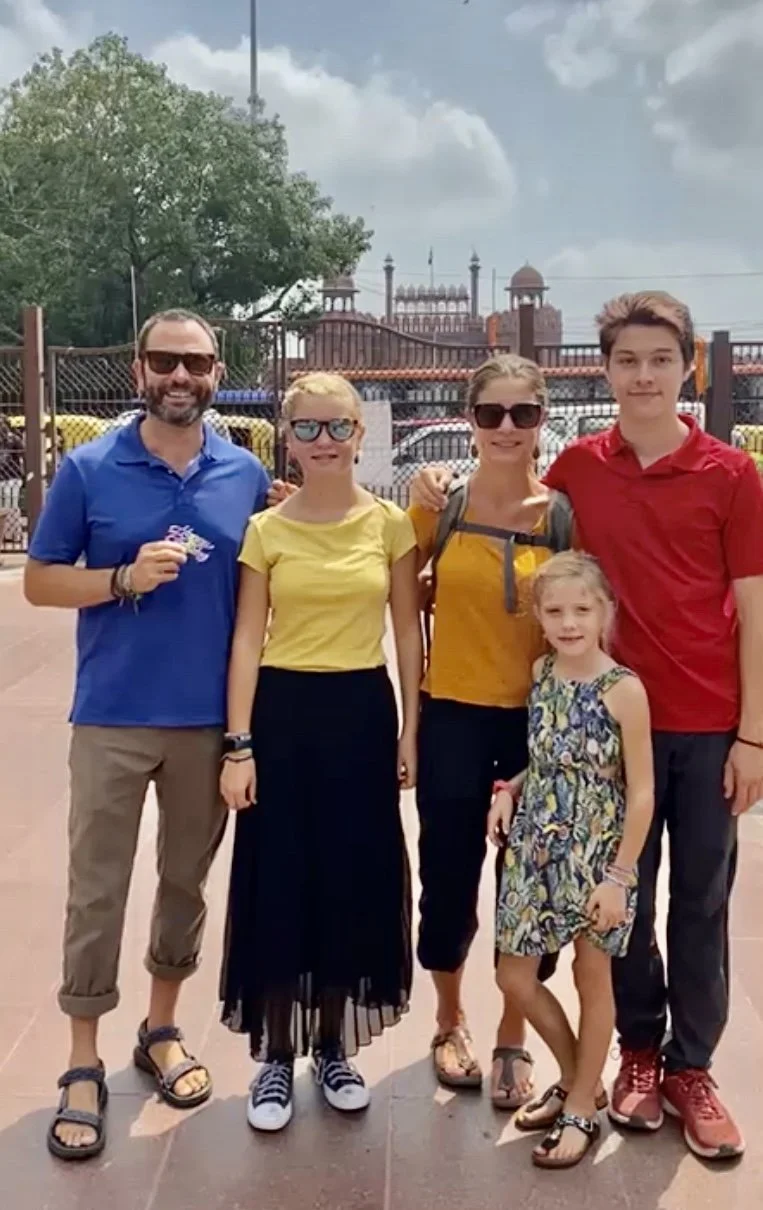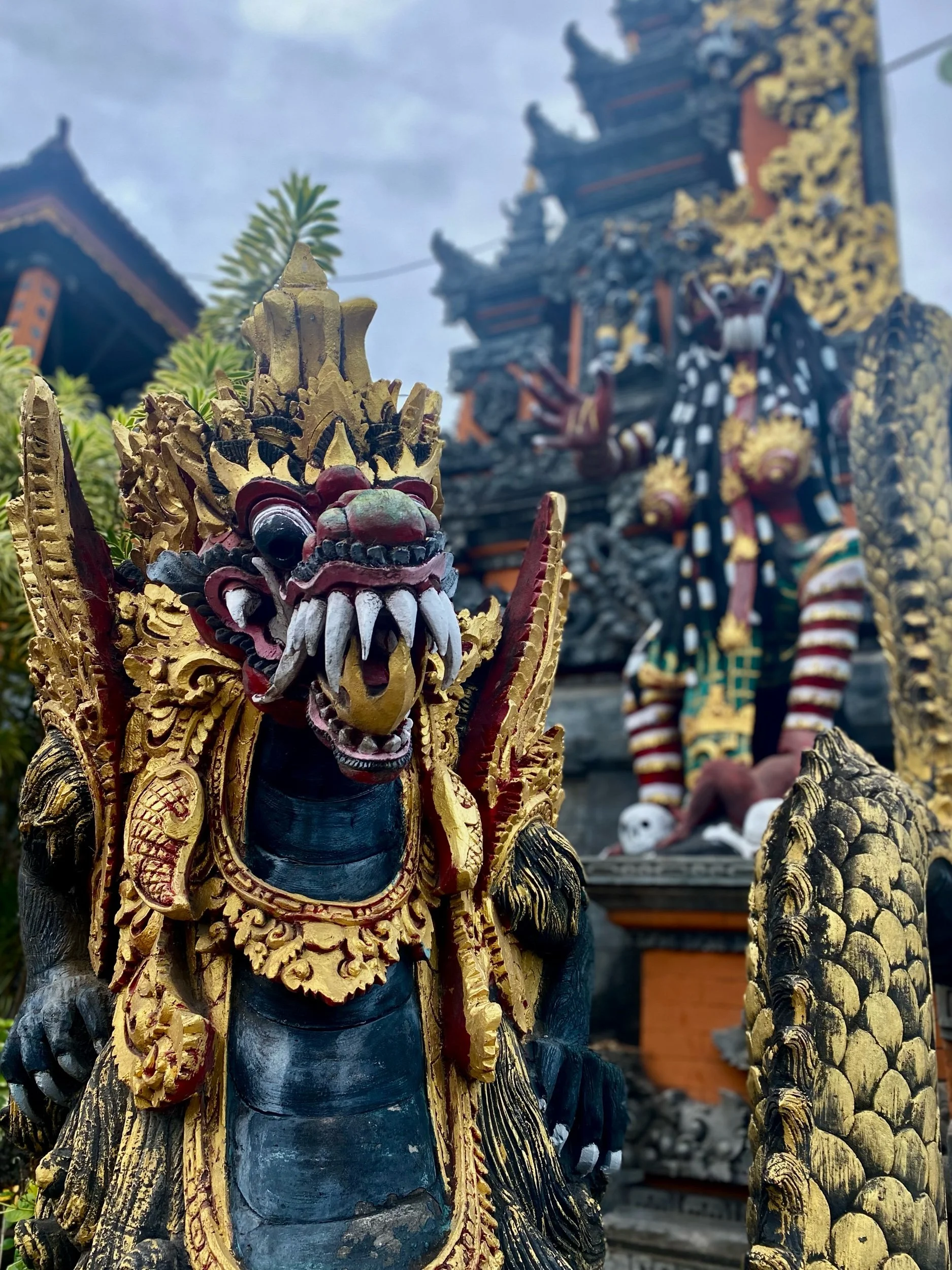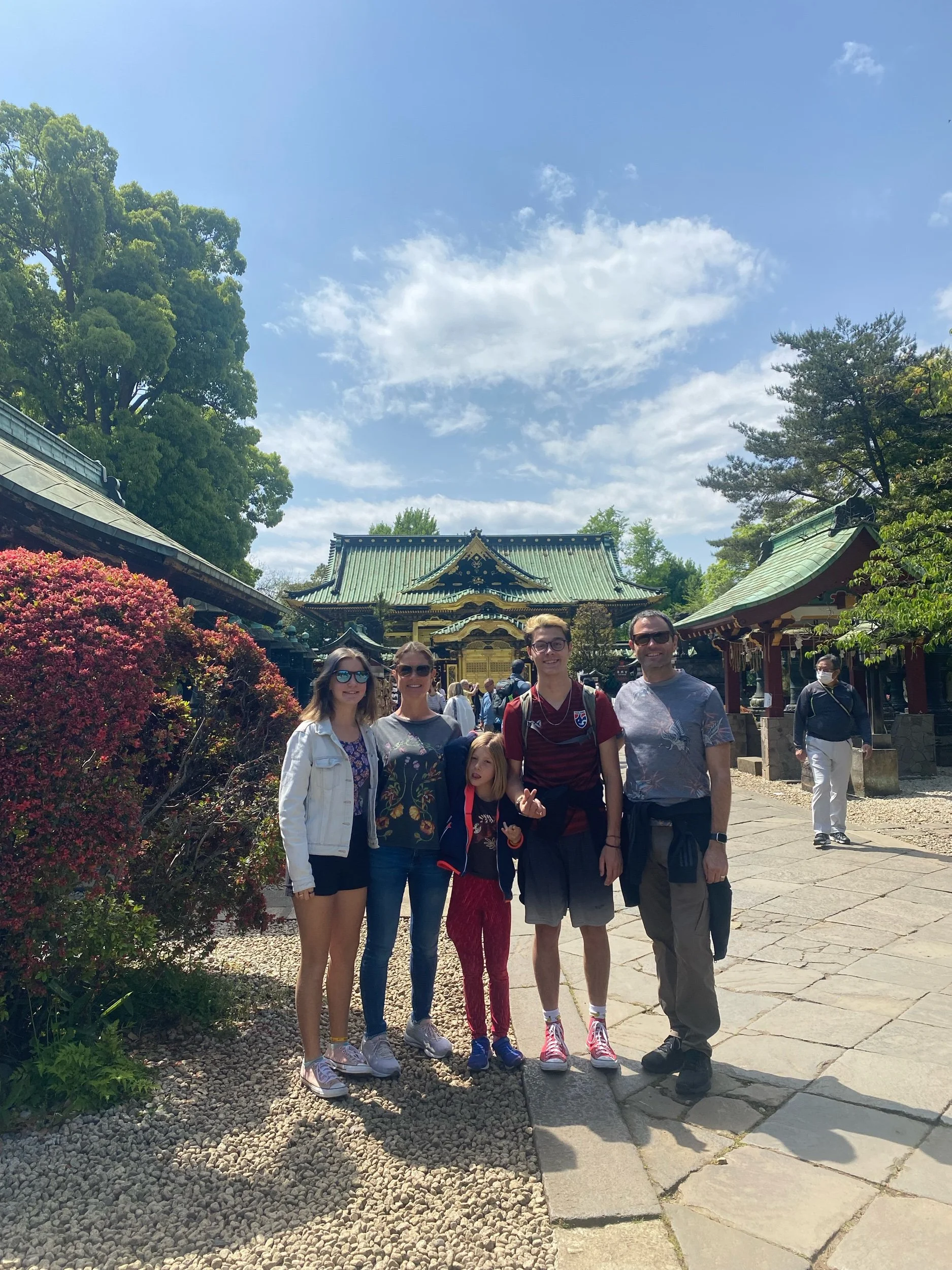Top Ten Things to do in Delhi, India
We spent 11 days in Delhi, India’s capital and biggest city. Delhi itself is ranked in the top ten largest cities in the world, and boasts the upwards of 25 to 32 million people. Yes, million… this is the largest city we have been to in our travels. Setting aside the crushing number of people, as well as incredible heat, Delhi is an extremly unique city. The city (or rather Old Delhi) dates back to the 17th century. Overtime, it has seen the influences of Islam through the mughals, various Hindi empires, and finally the British colonial rule.
Our trip on India was solely in this huge megacity (with an exception of a day trip to Agra (Taj Mahal area)). Many times when the locals heard we were staying for 11 days, they were shocked. 11 days may seem like a lot of time for one city, but we were able to find plenty of things to do in this truly unique place, that varied from temples, monuments, food, marketplaces, and more.
Delhi is bursting with history and has many different monuments and ruins from all sorts of time periods.
Below is a list of the top ruins and monuments in the city;
This is the Qutub Minar.
Red Fort. The Red Fort is an iconic Delhi symble, and was one of the seven cities that made up old Delhi, (where we stayed, Haus Khas, was another of such cities). It was originally built in 1639 by the Mughals. It features classic Mughal arcitecture, and is nearly identical to the Agra Fort near the Taj Mahal. It is very beautiful from afar, and the red stone is pretty striking.
Qutub Minar. This is actually the tallest brick minaret in the world, standing at 72.5 Meters (238 feet tall), half a meter shorter than the Taj Mahal. The minaret is an impressive sight, and has four different sections rising to the top. The minar was built by the Sultan of Delhi, and was built using the remains of 27 Hindi and Jain temples. Inside are three tombs of important Islamic sultans and Imams, although entry inside the minar is forbidden. Also in the complex is the Iron Pillar a 7.2 meter ( about 24 feet) tall, and constructed around 375 to 415 AD. Intrestingly, the pillar does not seem to rest, dispite its incredible age. This is due to some processes that smiths at the time had, unkowingly creating a pretty remarkable anti-rust agent.
Step Well (Agrasen ki Baoli). This was a large well, with a large corridor of steps leading to the bottom. On the sides are large archs, reminding us of roman aquaducts and similar features. This was quite an impressive spot, and you could see, in the back, a large room with many bats inside. On the site there was a small, old, mosque as well, which you unfortunatly could not enter.
India Gate. The India Gate war memorial in the shape of a huge arch. On it are inscribed names of 13,313 war martyrs, and honors the 70,000 soldiers who died in World War II. The Arch is made of red Bharatpur stone. It has been likened to the Arc de Triomphe in terms of size. The entire way leading up to the Arch is a huge park, perfect for strolling down (although it was closed when we were there due to constructions
Haus Khas Abondened Mosque (Begumpur Mosque). This mosque is a huge abondend mosque that we stumbled upon. This mosque is in the middle of bustling Delhi, and from the outside looks statley already, yet once we journied inside, we were pretty blown away. It opens up to a large sqaure, with the structure surrounding it. A few sections had caved in, and many plants were growing between the cracks, yet this all just added to the allure of the place.
The huge step well
Below are the top restaurants that we went to;
To the left, is the Thali, or food plate, which has all aspects of Indian cuisine, from bread, to rice, curry, yogurt, and a sweet treat! You can find it in most restaurants, and is a good option to try a variety of things.
The “eating area” of Rajinder Da Dhaba
Rajinder Da Dhaba. This was one of our favorite Indian restaurants in all of Delhi. The people there were very nice, and offered to let Madeline try some of their butter chicken. It isn’t really a restraunt, more like a number of stalls (all from the same place) that have all the different northern indian foods. They had a curry area, with mutton curry, chicken curry, butter chicken and more in huge vats; another for the different bread types, like naan, paratha, roti, and more; momos, which is the indian version of the dumpling; all other Northern Indian foods. We tried their butter chicken and mutton curry, both of which were incredible. The butter chicken was one of the best we had (possible better than the original, which I’ve added below as well). They come with huge servings and, typical indian style, no utensals. As a bonus, in the area, there is also the Paan King, a must try in india. There they have the fire paan, one of the most interesting *sweet* street foods we have tried. They actually set a leaf loaded with sweet herbs and little candies on fire and shove it in your mouth.
Daryagani Restaurant. This is the home of the butter chicken, the restuarant where Mr. Kundan Lal Gujral invented the butter chicken in 1947. The butter chicken is actually a combination of the older tandoori style, with butter, tomato, and more deliciousness. It truly was wowing, and I can see why butter chicken is so popular around the world. Another thing to try there is the Dal Makhani, or lentil “soup”. Both heavenly.
Haldiram’s. This was a large chain we saw a few times, that has food from all over India. This was actually both our first and last meals in India. In addition to all sorts of yummy food (and especially coming from a food chain), they have sweets and snacks that you can buy. One of the highlights was the Chole Bhature, chickpeas (cooked in the most amazing way) eaten with huge puffed breads.
Mom Hand Momos. The momo is the famous chinese dumpling with an Indian twist. The momos were found all over the city in stalls and all amazing. A thing to try is the tandoori momo, which is very different than what you would think of as a dumpling, and is grilled in tandoori style.
Thattakam Malabar Restaurant. This one is a very little stall where they serve a number of things, but their “star” is the Chicken Mandhi. This is actual an Indian style of Arabic chicken, and this place nails it.
Naivedyam. These are a few restaurants with different locations around Delhi. It is different than the other restaurants I have above in that it is all South Indian food, which, as we learned, is very different than Northern Indian food. South Indian food typicaly has a lot of potato “pancakes” (more like savoury crêpes), like the Thali, Dosa, and Papadam. This restaurant itself has good service, and the decor may be a little over done, but overall very pleasant.
Kuremal Mohanlal Kulfiwale. Kulfi is a Indian ice cream that comes in extravegant flavours, and can be found all over Delhi being sold by street vendors, although our guide from the walking tour we did told us it isn’t good to have it froma street vendor. The one we found is very good, and has many different flavours. This is another must try
Street food in the markets!
Beautiful buildings in Lodhi Gardens!
An honurable mention, the lotus temple, a Bahá’í house of worship. You can find more information at their website, HERE






































